Amazon is proceeding with its expansion plan to diversify into surrounding markets and innovate in order to establish a dominant position. In recent news, Amazon expressed its intent to redesign and push the boundaries in the prepared meal kit world that is currently dominated by Blue Apron Holdings Inc.
Amazon is throwing itself in the deep end by competing with an already established IPO by challenging to compete with its major project. However, Amazon’s research team is well-experienced and confident that they can in fact provide a competitive edge in the food industry.
This announcement comes after Amazon filed a trademark for the phrase: “We do the prep. You be the chef,” which is closely related to prepared food kits similar to what Blue Apron provides. Meal kits provide the customer with recipes and the corresponding ingredients that enable the customers to prepare fresh food while having most of the preparations already being completed. This service caters well to an audience that is more time-starved but still looking to eat more fresh food.
With their intentions revealed, Amazon has helped elaborate the reasoning behind its recent acquisition of Whole Foods, which would act as a supply base for the meal kits while also generating income through its retail locations. Amazon is trying to incorporate more incentive into being a loyal customer instead of trying to attract new customers, capitalizing on the similar consumer base of customers who are young, urban and affluent.
The focus on having loyal customers spend more instead of attracting new customers is supported by the fact that about 81 percent of customers who have visited Whole Foods on more than one occasion are already Amazon customers. Furthermore, about just over half of all Whole Foods shoppers are Amazon Prime members, customers who are willing to pay $99 for free two-day shipping amongst other member benefits.
Due to the supposed correlation between Amazon and Whole Foods customers, Amazon’s acquisition of Whole Foods is estimated to increases its customer base by 5 percent. While this does have a large enough impact on Amazon’s revenue stream, as Amazon will accrue all revenue generated by customers of both, this shows that increasing its customer base was not Amazon’s prime concern.
The customers that do consistently shop at Whole Foods while also being Amazon Prime members spend average about $306 more, looking at an average of $1,371 spent during six visits during a 12-month period. But what has the most impact is the percentage of shoppers who online as compared to other food retailers, with 10 percent of Wholes Foods customers shopping online compared to the 6 percent for Albertsons and 5 percent for Kroger.
Amazon is using the opportunity that Whole Foods shoppers provide by offering more online food delivery services, and in doing so they ensure they have the largest consumer base for their new meal kit plans. Research firm NPD Group shows that while only 5 percent of consumers have purchased a meal kit over the past 12 months, 60 percent of millennials have purchased something from Amazon over the same time frame. Amazon’s priority is discovering a way to transition its customers into using meal kits, increasing its revenue stream by creating a greater dependence on online food delivery services.
Usually the meal kits have a high entry barrier, with Blue Apron requiring about $94 to acquire a new customer. Amazon advantages comes in the form of its Prime membership fees which should act as a reliable and effective way of managing its costs. Furthermore, Amazon already has a strong supply chain that can easily adapt to ensuring that customers receive their meal kit in the timeliest and efficient manner.
Amazon’s expansion plan proves troublesome to its competitors in the food industry, as its meal kit plans narrows the opportunities for other smaller food retailers to enter the meal kit market. Amazon has considerable experience with retail, and that might translate in food, which is by far the largest category in retail. If Amazon is successful in establishing a market leader position in food, then the possibilities for its growth into other markets will be that much easier.
Featured Image via Flickr/simone.brunozzi


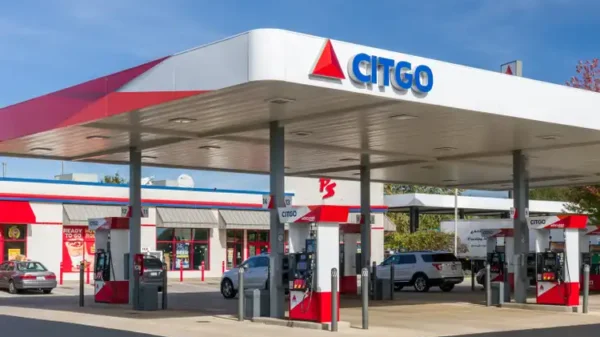









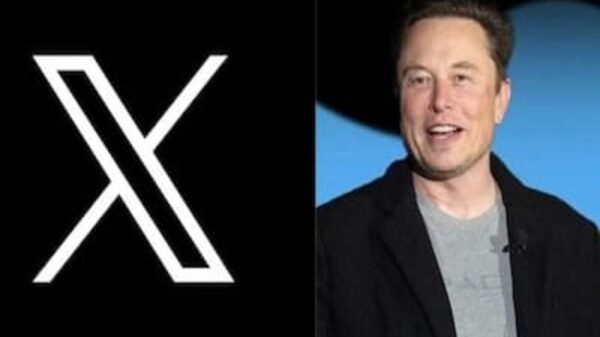
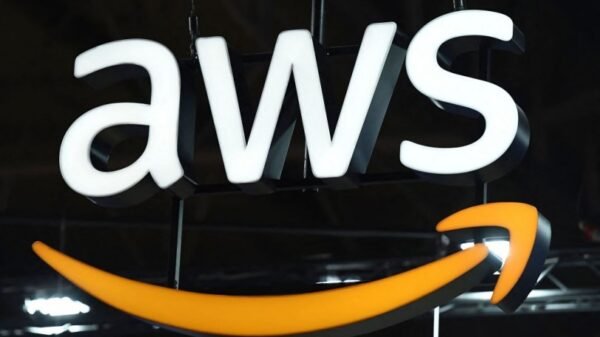












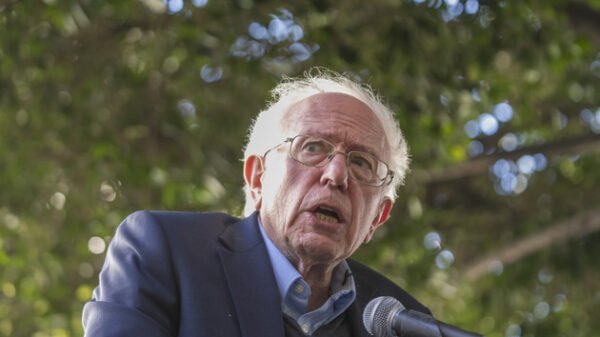

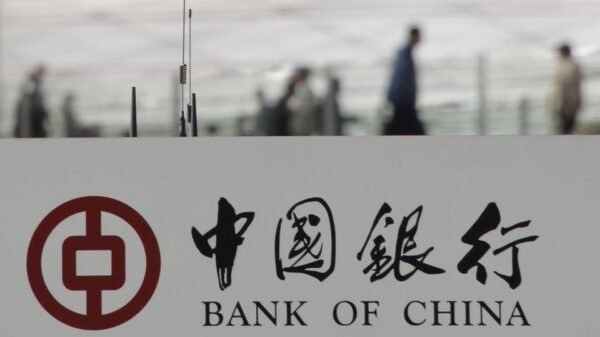

































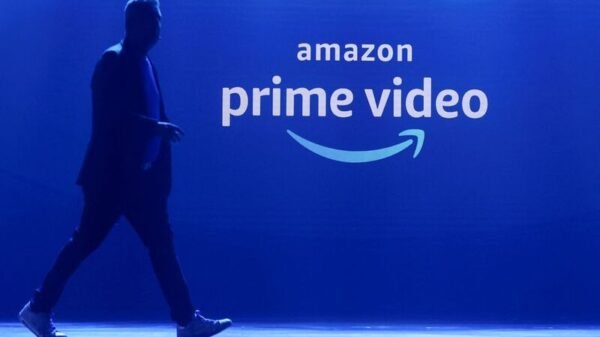

Comment Template